Mountain Hiking Backpacks: Choosing the Right Fit for Each Season
Today’s theme: Mountain Hiking Backpacks: Choosing the Right Fit for Each Season. Welcome to a trail-ready guide that blends real-world experience, practical tips, and a touch of summit-day storytelling to help you gear up with confidence, comfort, and purpose.
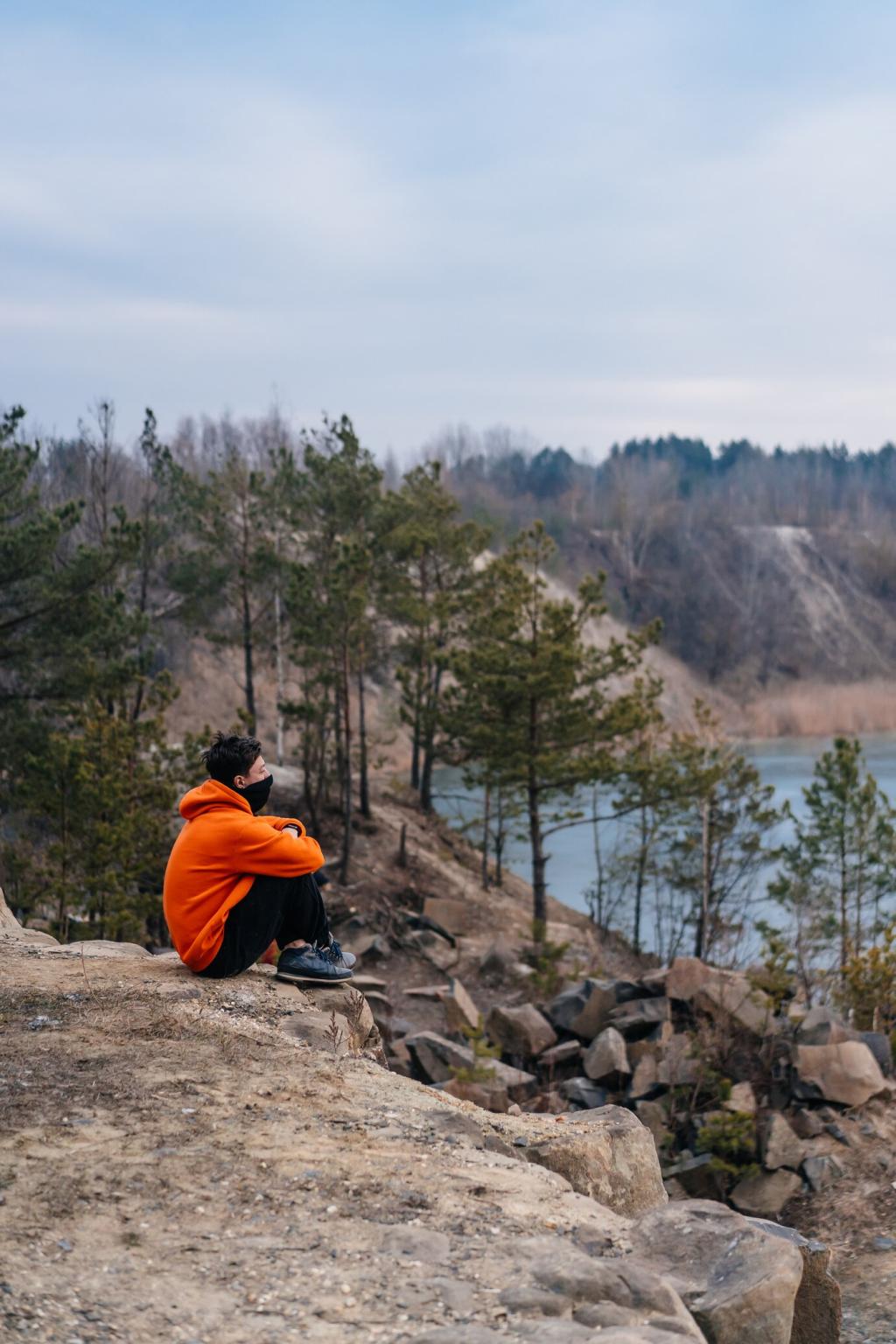
Cold, heat, rain, and sleet influence fabric choices, ventilation, and waterproofing. A well-matched backpack keeps layers accessible, electronics dry, and snacks handy. When storms roll in, smart organization and weatherproof materials protect morale as much as gear.
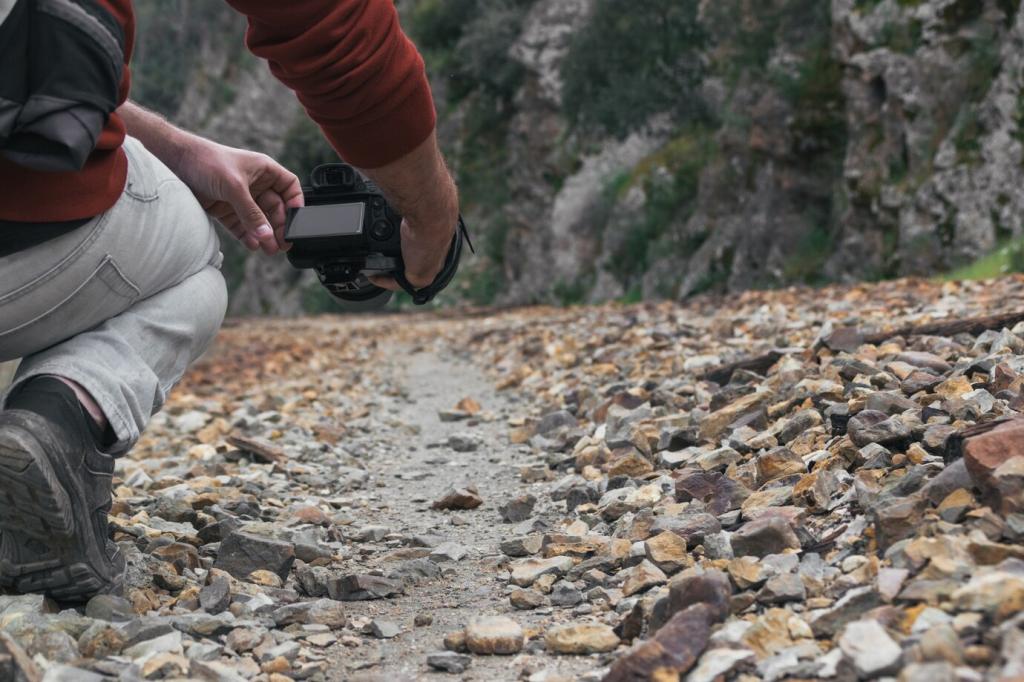
Longer routes and higher elevation often require more insulation, water, and emergency supplies. Capacity and compression should flex with your plan, supporting both lean summer loads and bulkier shoulder-season essentials without wobble or hotspots.

A pack that fits distributes weight to your hips, reduces fatigue, and sharpens decision-making. Comfortable hikers hydrate more, rest better, and move efficiently. Share your comfort wins below, and subscribe for upcoming fit checklists and seasonal gear insights.

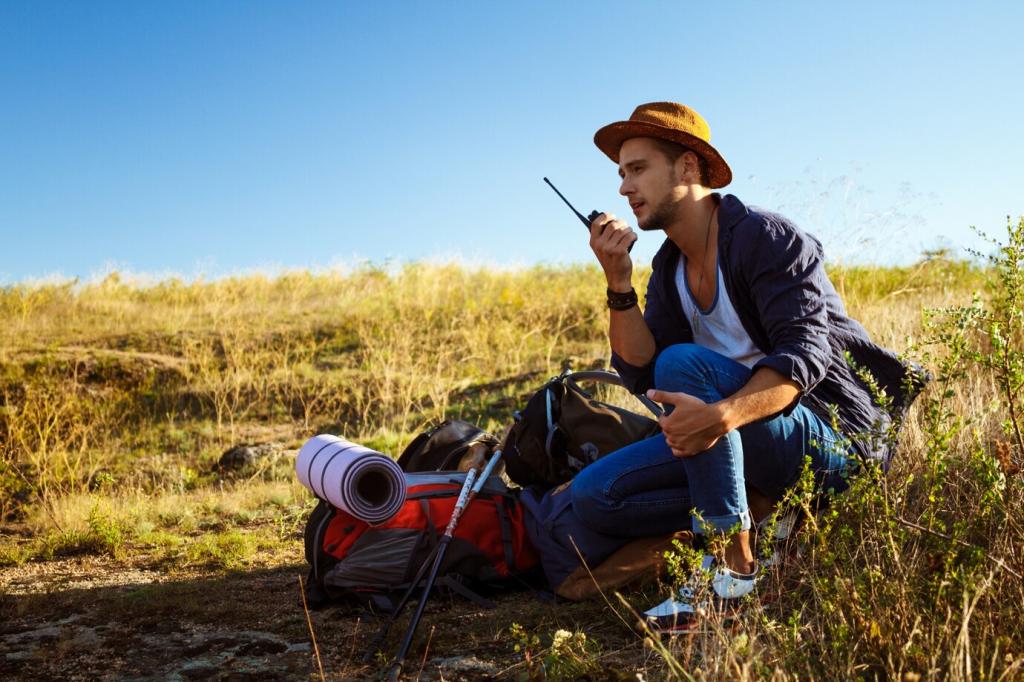
Spring: Mud, Melt, and Unpredictable Skies
A mid-volume pack with a supportive hipbelt manages extra layers, microspikes, and a thermos without feeling clunky. Agile suspension smooths uneven steps on thawing trails, letting you adapt quickly to changing temperatures and patchy snow.
Spring: Mud, Melt, and Unpredictable Skies
Look for a breathable back panel paired with a reliable rain cover or liner. Wet trail spray is inevitable; trapped sweat is optional. Ventilation channels and quick-access pockets help balance warmth and airflow during sudden sun breaks or gusty, cool ridgelines.
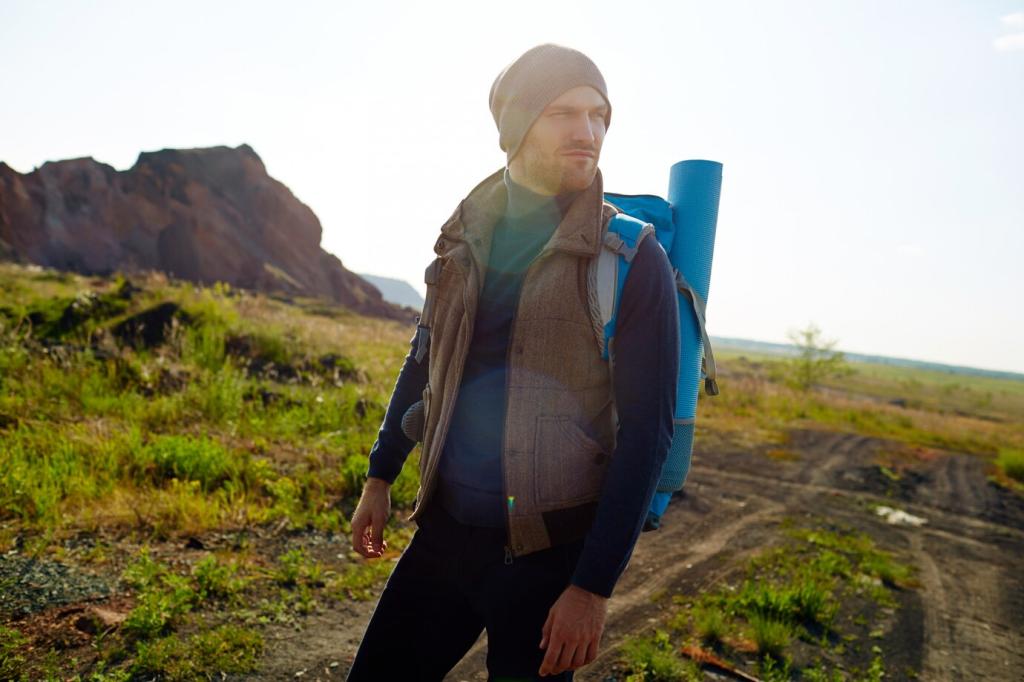


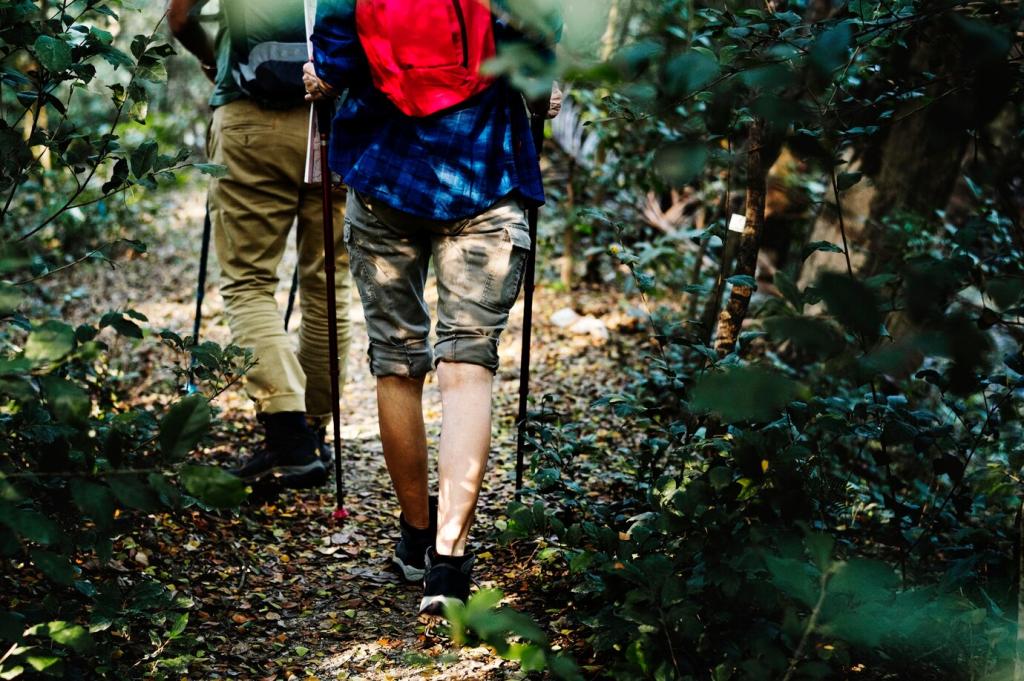
Autumn: Layers, Wind, and Shorter Days
Expect to carry a puffy, wind shell, gloves, and hearty snacks. A slightly larger pack with thoughtful compression rides well even when half full. This flexibility ensures you stay warm at summits and comfortable while lingering at scenic overlooks.
Autumn: Layers, Wind, and Shorter Days
Autumn squalls test zippers, seams, and strap stability. Secure trekking poles and a compact umbrella externally without flapping. Choose materials with robust water resistance, and add a pack liner for fail-safe dryness during long, misty ridge walks.
Stable Frames and Technical Attachment Points
Look for a supportive framesheet, load lifters, and compression straps to stabilize heavy winter loads. Ice axe loops, tool keepers, and robust daisy chains keep gear secure during steep, snowy approaches and cautious, cold descents.
Insulation-Friendly Storage and Glove-Ready Access
Wide-mouth pockets accept puffy layers without wrestling. Oversized zipper pulls and simple buckles work with thick gloves. A thermally efficient packing plan keeps water unfrozen and essentials warm enough to use when the wind sharpens unexpectedly.
Safety Essentials and Redundancy
Depending on terrain, consider space for traction devices, emergency bivy, and navigation backups. Redundant fire starters and high-calorie food live near the top. Comment with your winter must-haves, and follow for a cold-weather safety gear refresher.
Match torso length to your frame, then adjust the hipbelt so it hugs your iliac crests. Snug shoulder straps follow, with sternum strap tension reducing bounce. Small tweaks transform heavy miles into steady, happy progress across rocky mountain paths.

Packing Strategy by Season: A Living Checklist
Weight Distribution and Access Hierarchy
Place dense items close to your spine and mid-back, with lighter layers up top. Keep essentials—shell, water, first aid—near the opening. Hipbelt pockets house snacks and navigation so you can move without constant unpacking and repacking.
Dry Storage: Liners Versus Rain Covers
A pack liner protects everything; a rain cover shields the exterior. In shoulder seasons, consider using both. Dry bags for critical items—insulation and electronics—add a final safety layer when ridge winds howl or valley clouds burst unexpectedly.
Community Wisdom: Share and Learn
The best seasonal packing lists evolve with experience and terrain. Tell us what stays, what goes, and why. Comment your hard-won tips, sign up for our monthly trail digest, and help others pick the right backpack for the season ahead.
